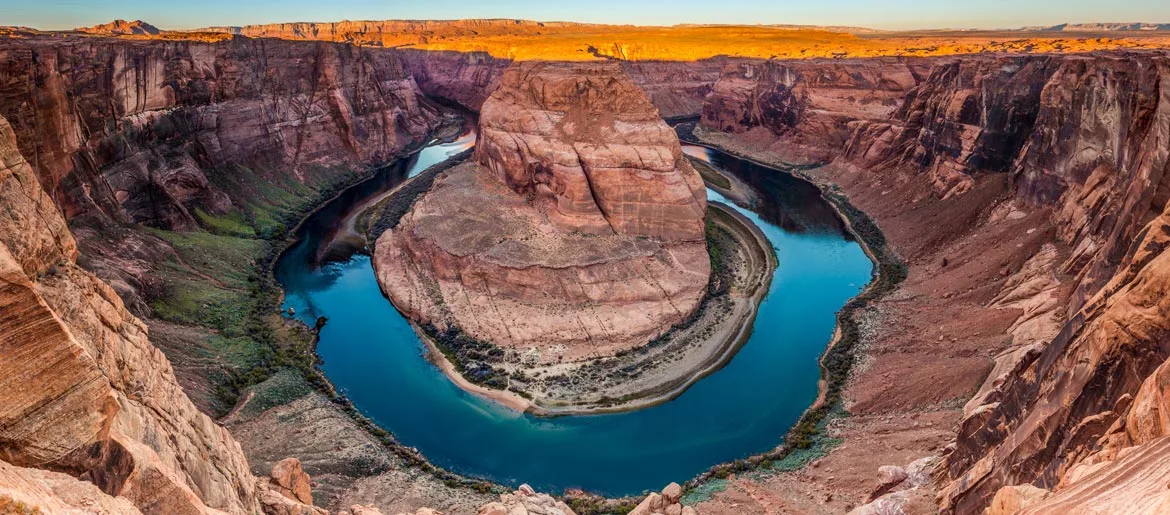
Arizona is the sixth largest state in the United States, covering 113,990 square miles, and home to more than 7.5 million residents as of 2024. Known for its desert climate, stunning red rock landscapes, and iconic natural wonders, Arizona combines rich history with modern growth. It is one of the fastest-growing states by population and continues to attract newcomers with its warm climate, cultural diversity, and thriving cities.
The name Arizona is thought to come from a word of Native American origin, possibly from the O’odham language meaning “small spring.” The land was once part of Mexico until the Mexican-American War of 1846–1848, when the United States gained control of much of the territory. The Gadsden Purchase of 1853 added the remaining land to U.S. control. By the late nineteenth century, gold, silver, and copper mines drew thousands of settlers, laying the groundwork for Arizona’s push toward statehood.
For decades, residents of Arizona lobbied for statehood, and their efforts were realized on February 14, 1912, when Arizona was admitted as the 48th state of the Union. Statehood brought infrastructure development, expansion of mining and agriculture, and population growth that helped shape Arizona into a key part of the American Southwest.
Arizona is home to many major cities, each with its own character. Phoenix, the capital and largest city, has grown into one of the largest urban centers in the United States with more than 1.6 million residents in the city proper and nearly 5 million in the metro area. Other important cities include Tucson, known for its university and cultural scene, Mesa, Scottsdale, Glendale, Tempe, Flagstaff, Yuma, and the retirement community of Sun City. Flagstaff, located in the northern part of the state, serves as a gateway to the Grand Canyon and is surrounded by mountains and forests, offering a stark contrast to Arizona’s desert regions.
Arizona is known worldwide for its natural attractions, most famously the Grand Canyon, one of the Seven Natural Wonders of the World. The state’s diverse landscapes range from desert valleys to snow-capped mountains, making it a paradise for outdoor enthusiasts. Hiking, rafting, boating, fishing, and golf are popular activities year-round. Arizona also has a unique seasonal population of “snowbirds” — visitors who come from colder states during winter to enjoy the mild desert climate. The state’s varied elevation also means that some regions, like Flagstaff, experience heavy snowfall in winter while areas like Phoenix remain sunny and warm.
Arizona is filled with historic and cultural landmarks. The Four Corners Monument marks the only point in the United States where four states — Arizona, Utah, Colorado, and New Mexico — meet. The Meteor Crater, Hoover Dam, and the canyons of northern Arizona are world-renowned attractions. Other notable sites include the Titan Missile Museum, Yuma Crossing, Pueblo Grande ruins, Awatovi ruins, Fort Bowie, and the Jerome Historic District. Beyond its landmarks, Arizona offers breathtaking views of Sedona’s red rocks, the Sonoran Desert, and diverse landscapes that include lakes, rivers, and mountains. With affordable living compared to many other states, a thriving arts and food scene, and endless opportunities for recreation, Arizona remains one of the most desirable states to call home.
Back to map